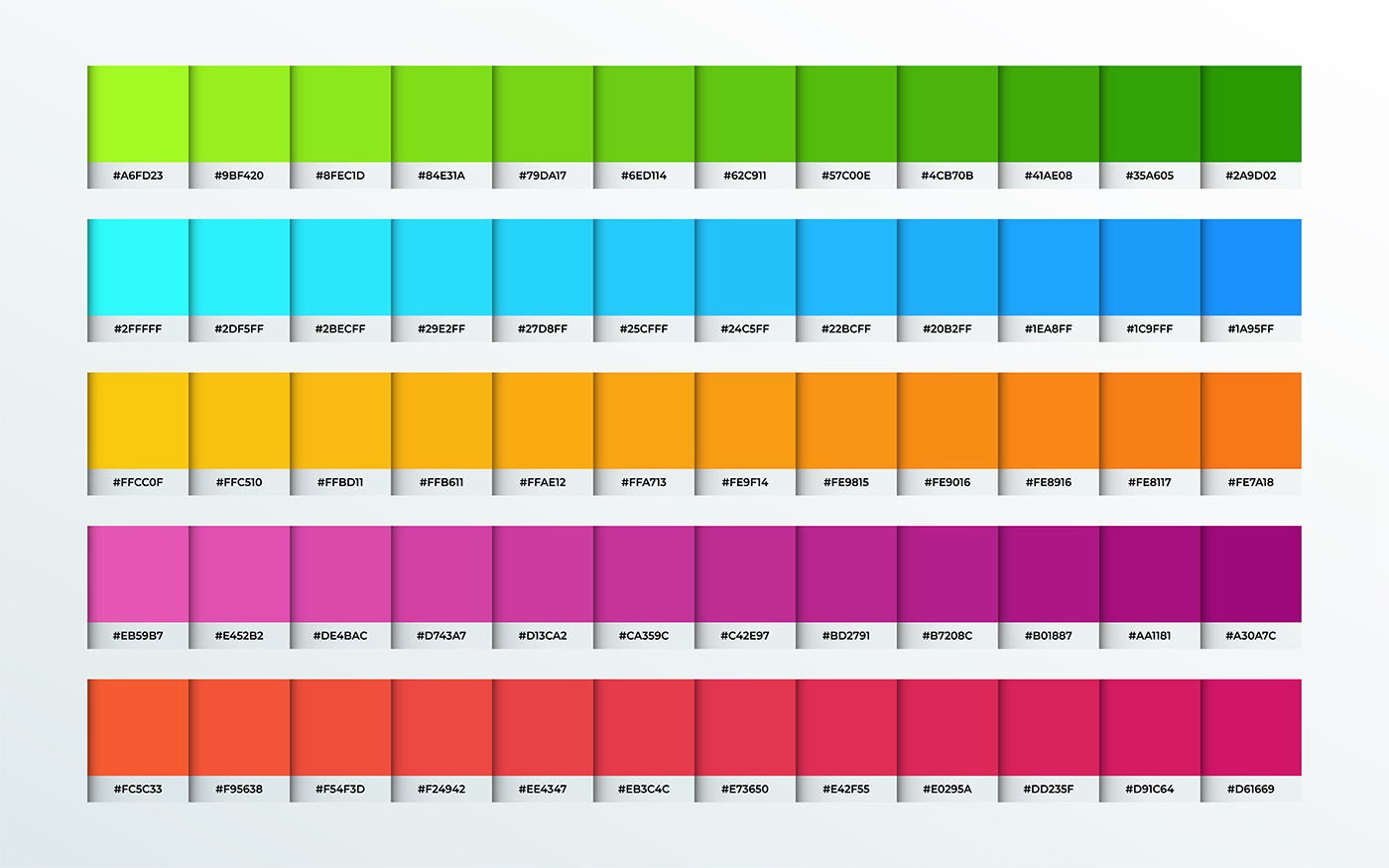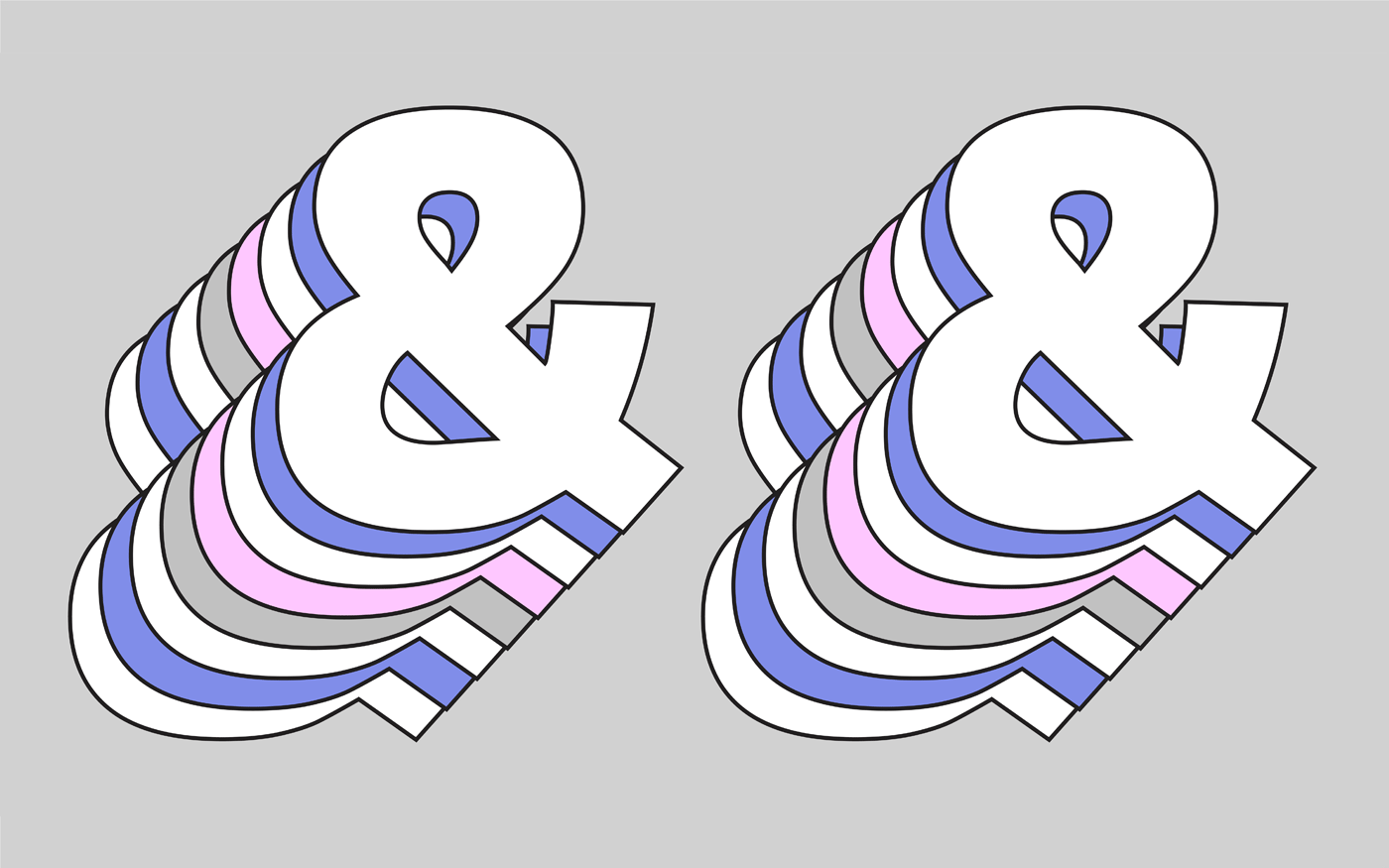Poster Series
24×36
Recognized as a standard dimension in the ISO 216 series, the 24x36 paper size is a versatile choice for various applications. This size, also known as A1 in the ISO series, offers ample space for detailed designs and comprehensive presentations.
Interestingly, this paper size is not just confined to the international standards. It also finds its place in the ANSI series - specifically ANSI D. This makes it a widely accepted format across different regions and industries.
24×36 paper dimensions
Specs
| Format | in | mm | cm | pt |
|---|---|---|---|---|
| 2A0 | 46.81 x 66.22 | 1189 x 1682 | 119 x 168 | 3370 x 4768 |
| A12 | 0.51 x 0.71 | 13 x 18 | 1 x 2 | 37 x 51 |
| 4A0 | 66.22 x 93.62 | 1682 x 2378 | 168 x 238 | 4768 x 6741 |
| A11 | 0.71 x 1.02 | 18 x 26 | 2 x 3 | 51 x 74 |
| A10 | 1.02 x 1.46 | 26 x 37 | 3 x 4 | 74 x 105 |
| A3+ | 12.95 x 19.02 | 329 x 483 | 33 x 48 | 933 x 1369 |
| A1+ | 23.98 x 35.98 | 609 x 914 | 61 x 91 | 1726 x 2591 |
| A0+ | 35.98 x 50.87 | 914 x 1292 | 91 x 129 | 2591 x 3662 |
| A6 | 4.13 x 5.83 | 105 x 148 | 11 x 15 | 298 x 420 |
| A5 | 5.83 x 8.27 | 148 x 210 | 15 x 21 | 420 x 595 |
| A4 | 8.27 x 11.69 | 210 x 297 | 21 x 30 | 595 x 842 |
| A3 | 11.69 x 16.54 | 297 x 420 | 30 x 42 | 842 x 1191 |
| A9 | 1.46 x 2.05 | 37 x 52 | 4 x 5 | 105 x 147 |
| A2 | 16.54 x 23.39 | 420 x 594 | 42 x 59 | 1191 x 1684 |
| A8 | 2.05 x 2.91 | 52 x 74 | 5 x 7 | 147 x 210 |
| A1 | 23.39 x 33.11 | 594 x 841 | 59 x 84 | 1684 x 2384 |
| A7 | 2.91 x 4.13 | 74 x 105 | 7 x 11 | 210 x 298 |
| A0 | 33.11 x 46.81 | 841 x 1189 | 84 x 119 | 2384 x 3370 |
The 24x36 paper size is particularly favored by architects and engineers due to its ability to accommodate large-scale blueprints and technical drawings without compromising on detail or clarity. Its dimensions are ideally suited for these professions, allowing intricate designs to be displayed with precision.
Moreover, this paper size has found popularity within the advertising industry. The generous space allows marketers to create impactful visual content that captures attention and sparks interest - key elements of successful advertising campaigns.
Whether you're drafting an architectural blueprint or designing an eye-catching poster, the 24x36 paper size provides a canvas that combines practicality with versatility. Its recognition in both ISO and ANSI standards further enhances its universal appeal.
Other Formats in the Poster Series
Interesting facts about 24×36
1: The Origins of 24x36 Paper
24x36 paper is part of the ANSI/ASME Y14.1 standard, which was developed by the American National Standards Institute (ANSI) and the American Society of Mechanical Engineers (ASME). It is commonly used for engineering and architectural drawings.
2: The Arch E Size
The 24x36 paper size is also known as Arch E. It belongs to the architectural series of paper sizes, which are based on a ratio of 1:√2. This means that when you fold a sheet in half along its shorter side, you get another sheet with the same aspect ratio.
3: International Variations
The Arch E size is primarily used in North America. In other parts of the world, similar paper sizes exist with slightly different dimensions. For example, in Europe, the closest equivalent to Arch E is called A1 Oversize or AO+.
4: Compatibility with Other Sizes
The Arch E size fits perfectly into larger sizes such as Arch D (22x34) and Arch C (18x24). This compatibility allows for easy scaling up or down when working on projects that require different paper sizes within the architectural series.
5: Common Applications
Besides engineering and architectural drawings, 24x36 paper is often used for posters, banners, large-scale artwork prints, and presentations. Its ample space allows for detailed designs while still being manageable in terms of handling and display.
6: Weight Considerations
Paper weight can vary depending on its thickness or density. For instance, a standard 24x36 paper can range from 20 lb (75 gsm) for everyday use to heavier weights like 32 lb (120 gsm) for more durable applications.
7: Environmental Impact
When choosing paper, it's important to consider its environmental impact. Opting for recycled or sustainably sourced paper helps reduce deforestation and minimizes the carbon footprint associated with paper production.
8: Printing Techniques
24x36 paper is compatible with various printing techniques, including inkjet, laser, and offset printing. Each technique offers different advantages in terms of color vibrancy, precision, and cost-effectiveness.
9: Paper Grain Direction
Paper has a grain direction that affects its flexibility and strength. For optimal results when folding or rolling a large sheet like 24x36 paper, it is advisable to align the fold or roll parallel to the grain direction.
10: Historical Significance
The standardization of paper sizes dates back centuries. The ISO A series (from which Arch E derives) was first introduced by the German scientist Georg Christoph Lichtenberg in the late 18th century. Since then, various countries have adopted their own series of standard sizes.





